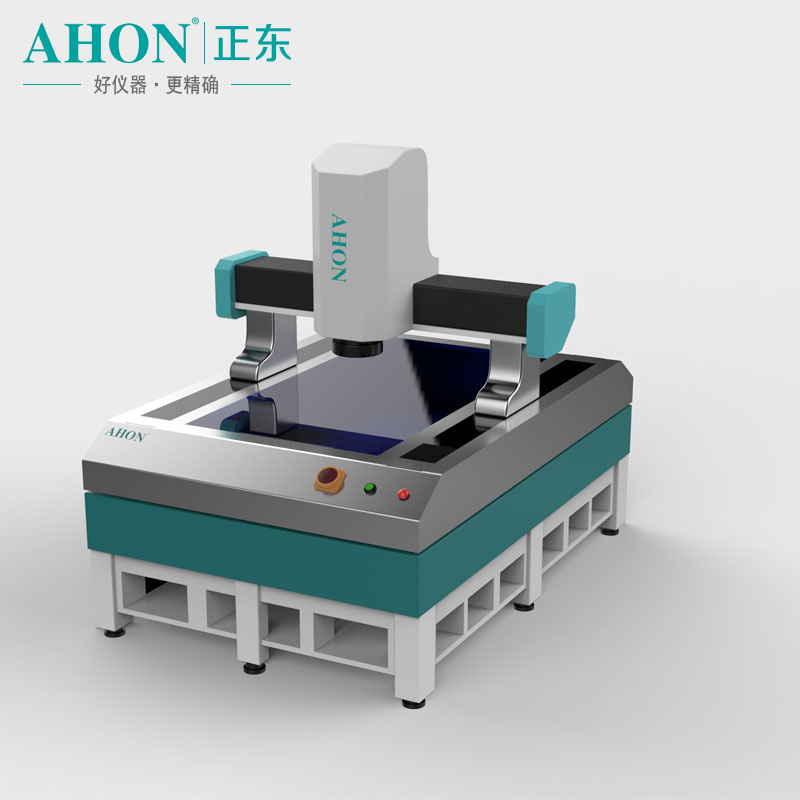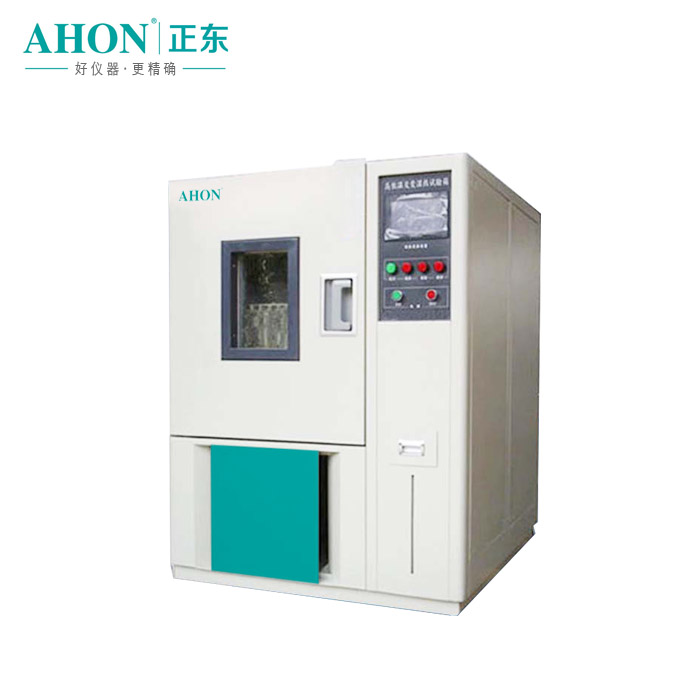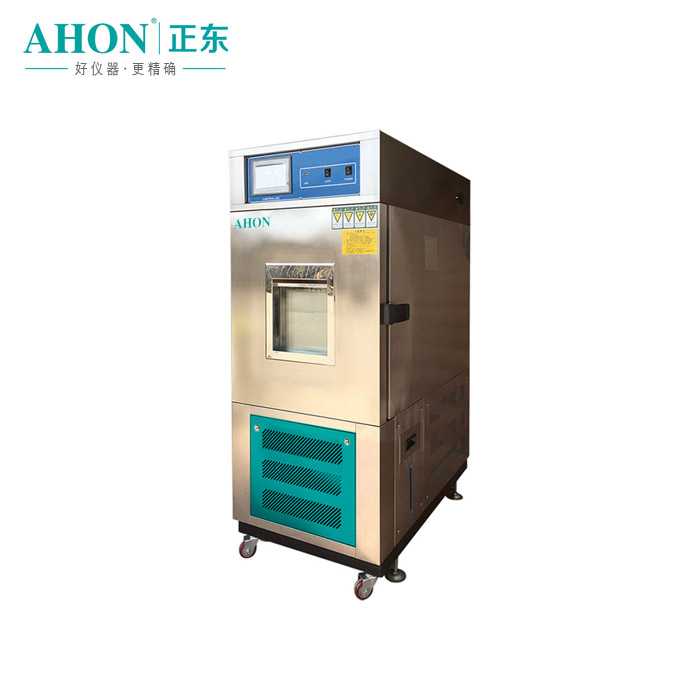| Sharp tools make good work. The practice of modern science and technology development shows that scientific research instruments are indispensable tools and means of scientific research. Whoever takes the lead in breaking through scientific research instruments will often take the advantage of scientific research. In recent years, China's scientific research instruments have made positive progress in nationalization, but due to insufficient historical accumulation and other reasons, the situation of high-end scientific research instruments relying on imports has not been fundamentally improved. In the process of building a powerful country in science and technology in the world, how to localize scientific research instruments, especially high-end scientific research instruments, as soon as possible has become an unavoidable important issue. |
To become a powerful country in scientific research, we must first become a powerful country in instruments.
Recently, the first "front photo" of a black hole in human history has been released, which attracts wide attention all over the world. This "photo" was taken by scientists from more than 30 research institutes around the world through a virtual telescope network composed of eight radio telescope arrays distributed in different regions of the world.
Successful shooting of black hole "photos" is inseparable from the use of radio telescopes. The practice of modern science and technology development shows that the breakthroughs in scientific instruments and technological means are often the precursors for the achievement of major scientific research achievements; the progress of scientific instruments represents the direction of scientific frontier to a certain extent, and is also an important support for promoting scientific and technological innovation.
According to incomplete statistics, 68.4% of the Nobel prizes in natural sciences, 74.6% of the prizes in chemistry and 90% of the prizes in physiology or medicine are accomplished by various advanced scientific instruments, or are directly related to the development of new instrument methods or functions.
| Xiao Liye, a researcher at the Institute of Electrical Engineering, Chinese Academy of Sciences, told reporters: "With the development of human understanding of nature towards a more micro-scale space-time, a larger cosmic space-time scale and more extreme physical conditions, traditional scientific research methods are no longer fully competent. Especially in the field of experimental research, without high-end scientific research instruments, it is very difficult to make significant original innovative scientific research results. |
The research and development of high-end scientific research instruments has also improved the efficiency of scientific and technological innovation. Zhang Feng, vice president of the Institute of Strategic Consultation for Science and Technology of the Chinese Academy of Sciences, said, "At the beginning of the Human Genome Project, it was expected that it would take at least 15 years to complete the sequencing. With the development of large-scale sequencing methods, especially capillary electrophoresis sequencer, the time has been shortened by 2-3 years.
In addition, the level of innovation, manufacture and application of high-end scientific research instruments is also an important symbol of a country's scientific and technological strength and industrial strength, which plays a greater role in supporting innovation activities and even economic and social development.
Although great progress has been made in instrument technology research and product development in China, in the field of high-end scientific research instruments, in addition to NMR spectrometers, large analytical instruments such as high-resolution mass spectrometers, most life science instruments such as magnetic resonance imagery, super-resolution fluorescence imagery, cryo-transmission electron microscopy and so on, also rely heavily on imports.
Internationally, the global market for scientific research instruments is also dominated by large enterprises in a few countries. In the 2018 TOP20 ranking of global instrument companies published by Chemistry and Engineering News magazine of the American Chemical Society, 8 are American companies, 7 are from Europe and 5 are located in Japan.
| Nian Fushun, chief scientist of the 41st Research Institute of China Electronic Science and Technology Group, said: "Dependence on importation of high-end scientific research instruments has become an important factor restricting the improvement of China's independent innovation capability." Yang Xueming, academician of the Chinese Academy of Sciences and researcher of the Dalian Institute of Chemical Physics, Chinese Academy of Sciences, said: "If the research and development of instruments are not up to the standard, we will not be able to develop our own high-end scientific research instruments. It will not only cost a lot of money to buy, but also be easily subject to people." "If we want to become a powerful country in scientific research, we must first become a powerful country in instrumentation. Vigorously developing high-end scientific research instruments with independent intellectual property rights is an important part of China's scientific and technological development. Zhang Feng thinks. |
Initial results have been achieved in instrument technology research and product development in China.
The dependence of high-end scientific research instruments on imports has been highly valued by relevant departments. As early as 1998, the National Natural Science Foundation of China set up a special project on basic research of scientific instruments. In 2011, the National Major Scientific Research Instrument and Equipment Development Program and the National Major Scientific Instrument and Equipment Development Program were set up, respectively, under the management of the National Natural Science Foundation Committee and the Ministry of Science and Technology. One is responsible for original instrument research and the other is responsible for engineering and industrialization. It is understood that from 2011 to 2018, the National Natural Science Foundation of China sponsored 53 major scientific research instruments projects recommended by the relevant departments of the Central Government with a total amount of more than 10 million yuan and approved a total amount of 3.814 billion yuan; 466 major scientific research instruments projects with a total amount of less than 10 million yuan were sponsored by the National Science Foundation. The approved amount of funding is 3.203 billion yuan, and the total funding for the two types of projects exceeds 7 billion yuan.
With the support of these scientific research projects, the research and product development of instrument technology in China has achieved initial results. Taking the Ministry of Science and Technology as an example, 208 projects have been arranged in the 12th Five-Year Plan for the development of major scientific instruments and equipment. At present, the project has entered the stage of acceptance, and some achievements have already possessed the capacity of batch production and have been popularized and applied. During the 13th Five-Year Plan period, there were 142 special projects for scientific instruments. At present, they are in the stage of key technology research and engineering prototype development.
Nian Fushun told reporters that in the next few years, China's scientific instrument achievements will enter an important stage of promotion and application, which will ease our dependence on high-end foreign scientific research instruments.
Based on the technology of Wuhan Institute of Physics and Mathematics, Chinese Academy of Sciences, Wuhan Zhongke Oxford Spectroscopy Technology Co., Ltd. has successfully put the whole NMR spectrometer system into the market. "We have successfully sold more than 70 NMR spectrometers in China and some abroad," said Wei Jia, CEO of the company.
"Under the background that the domestic NMR spectrometer market has been dominated by foreign enterprises for a long time, more than 70 sets have been considered fairly good sales results," Wei Jia said. "On the one hand, it benefits from the long-term technical accumulation of Wuhan Institute of Physics and Mathematics of the Chinese Academy of Sciences in the field of NMR spectrometer, on the other hand, it benefits from the strong support of the national scientific instrument development plan."
In 2007, the Wuhan Institute of Physics and Mathematics, Chinese Academy of Sciences, began to undertake major national scientific instrument development projects, and has received more than 60 million yuan of funding for the development and engineering of nuclear magnetic resonance mainframe. After years of tackling key problems, the Institute successfully developed a complete prototype in 2014. After that, the Institute set up a company to transfer technology and promote its industrialization and market application.
"The most important thing is that some older generations of nuclear magnetic field dare to be the first person to eat crabs," Wei Jia said. "In the process of using, they found that our instruments are not bad, and after-sales maintenance is more convenient, so they began to help us constantly recommend, and gradually word of mouth. Now many domestic users have begun to understand us, the product has a certain visibility.
However, we should also see that there are not enough enterprises like Oxford. Xu Jian, a researcher at the Institute of Chemistry, Chinese Academy of Sciences, said that in most areas of high-end scientific research instruments, the dependence on imports has not been improved due to the weak foundation, and there is still a gap between R&D and production and the international advanced level.
Research and Development of Domestic High-end Scientific Research Instruments Need to Surmount Obstacles
What on earth has stuck the neck of the localization of high-end scientific research instruments?
Respondents pointed out that the development of high-end scientific research instruments often relies on the progress of basic research, while the lack of previous basic research is an important factor hindering the development of domestic high-end scientific research instruments. For example, the Nobel Prize-winning PCR technology (a molecular biology technology used to amplify and amplify specific DNA fragments) has promoted the development of the PCR instrument and significantly improved the efficiency of research.
Compared with foreign countries, China's overall investment in high-end scientific research instruments is not high enough. From creativity, key components development to building the first prototype, and then to final mass production, high-end scientific research instruments need not only huge investment, but also a long period of time. "Because of the long development cycle, great difficulty, great investment in manpower and material resources, and high investment risk, scientific researchers are often more willing to buy advanced foreign instruments, and their enthusiasm for developing instruments is not high." "Small and medium-sized enterprises engaged in instrument development are often difficult to get the favor of venture capital funds," said Zhang Feng.
Xu Jian said that the market of high-end scientific research instruments is dominated by large foreign enterprises, and the share left to domestic enterprises is already very small, with large investment and small income. Some small and medium-sized enterprises are naturally reluctant to do business. Fu Qiang, a researcher at Dalian Institute of Chemical Physics, Chinese Academy of Sciences, has a deep understanding of this: "We have developed a technology and cooperated with an instrument enterprise to achieve engineering, producing four or five sets and putting them into use. But later, the company found that the market was not big, and was reluctant to invest a lot of energy to continue.
The domestic instruments that have been successfully developed also have some problems of "hollowing". Nian Fushun said, "As the heart of the instrument, the key components directly determine the technical content of the instrument. At present, most of the key core components used in our country's instrument products, such as CPU, photomultiplier tube, various detectors and sensors, also need to rely on imports.
The respondents believed that the insufficient domestic capability of key components and basic software led to the compressed profit space of the whole instrument manufacturer, limited the technical level of the whole instrument manufacturer, low market acceptance, and affected the development and growth of the industry; this situation in turn reduced the number of procurement of key components and made it difficult to form a healthy development in the industrial chain.
From the demand side, it is often difficult for domestic high-end scientific research instruments to gain the trust of users when they are actually popularized and applied. On the one hand, compared with foreign mature instruments, some domestic instruments lag behind in performance index, stability and reliability; on the other hand, some researchers are affected by research habits, such as considering keeping experimental data consistent with existing literature, they often choose foreign brand-name instruments.
Zhang Feng said: "Domestic high-end scientific research instruments need to be given more"fault-tolerant"and"trial-and-error"opportunities. If the research and production units of domestic instruments can not get feedback, it is difficult to continue to improve and improve."
Just as scientific research needs long-term accumulation, the localization of high-end scientific research instruments also needs a process, and it is impossible to "eat fat in one mouthful". "Overseas high-end scientific research instruments have been maturing and perfecting in many years of application." Respondents believe that as long as the state continues to increase support and all parties concerned work hand in hand to make sustained efforts, the localization of high-end scientific research instruments is worth looking forward to.

















